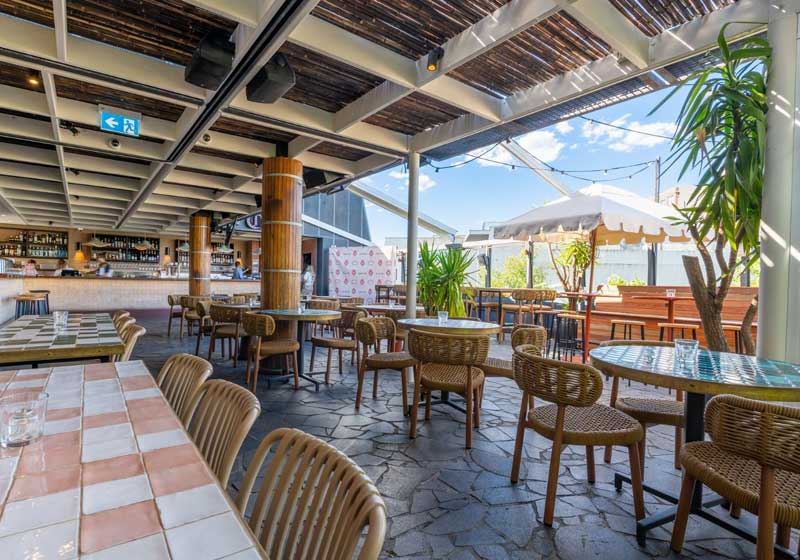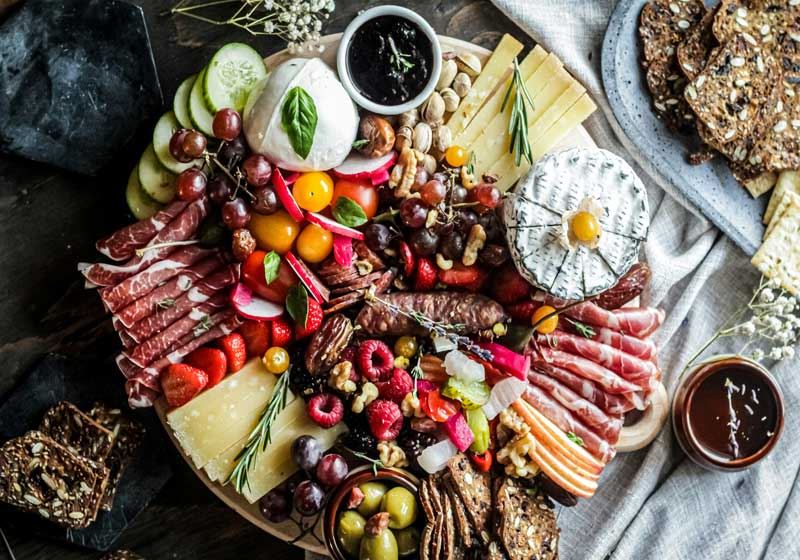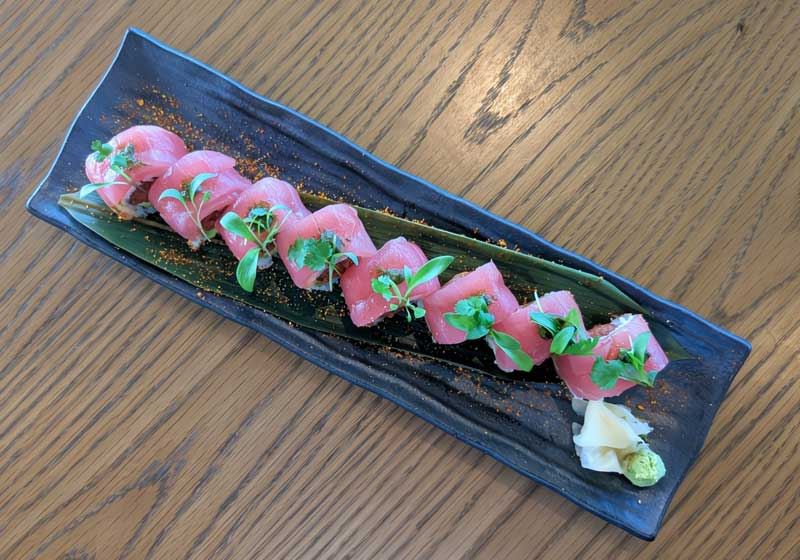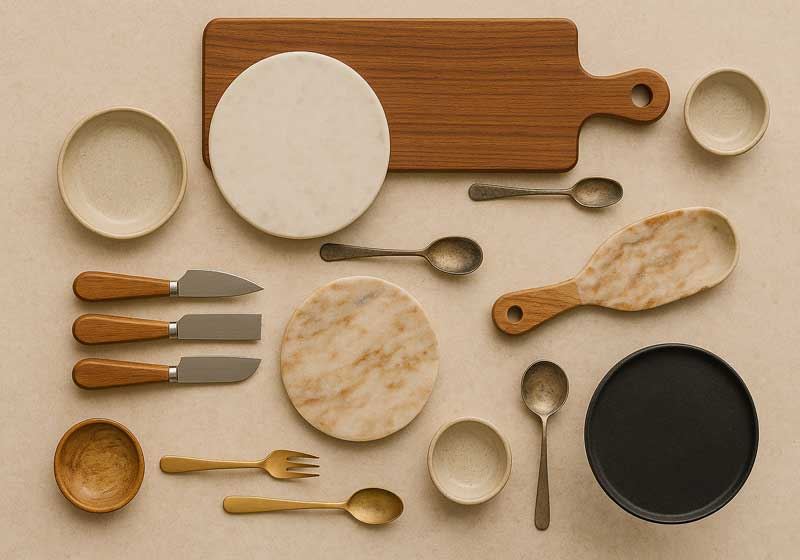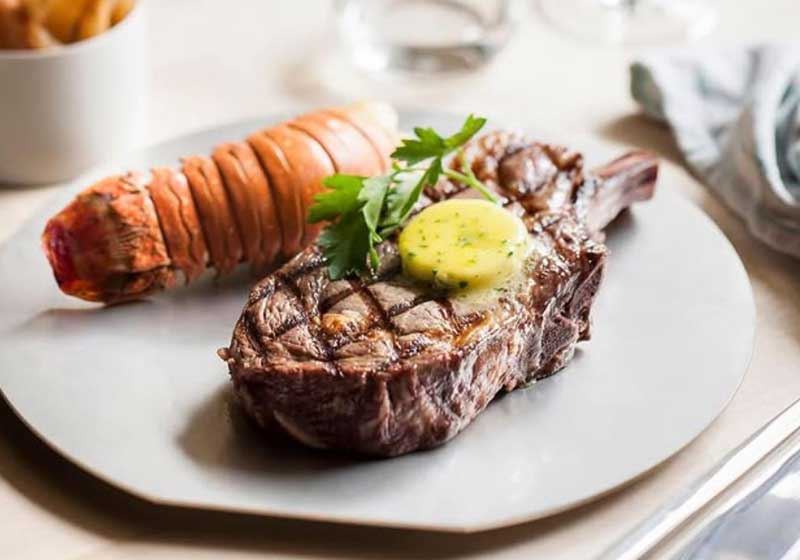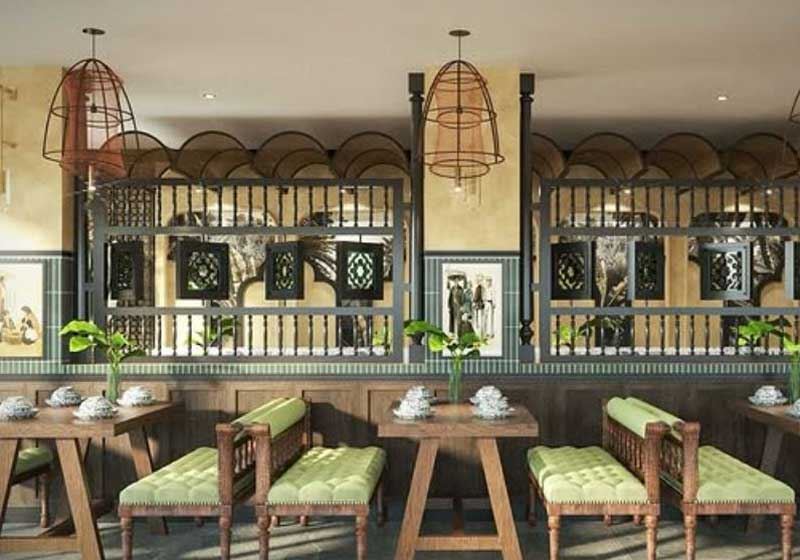By Marie-Antoinette Issa.
Alongside inappropriately sporting a sombrero and mispronouncing the silent H in hola, confusing the meals found on the menus of a traditional Mex taqueria is a gringo giveaway! Fortunately, our guide to iconic Mexican foods explains the difference between some of the cuisine's most popular plates so you never mix up your tacos and tostadas again.
Let’s talk tortillas
At the heart of Mexican cuisine lies the ubiquitous tortilla, a flatbread made from maize that serves as the foundation for many dishes, including tacos and tostadas.

According to Mexican-born Jimena Munoz, Business Development Manager and menu advisor at Hecho en Mexico,tortillas come in two primary varieties: corn and flour. Corn tortillas, with their earthy flavour and firm texture, are the traditional choice for tacos and tostadas. Their robustness is ideal for holding various toppings and fillings, offering an authentic taste experience.
Flour tortillas, on the other hand, are softer and slightly fluffy, with a milder flavour. They are typically used for dishes like burritos or quesadillas due to their tendency to absorb oil and their ease of wrapping.
The soft vs hard taco sell (or shell!)
Juicy, tender tacos on the other (filling-spilling!) hand, are a traditional Mexican dish consisting of a tortilla filled with various ingredients, including meat, seafood, vegetables and salsas. The tortilla, made from corn or flour, serves as the base and is folded or rolled around the fillings to create a handheld meal.

Despite Old El Paso’s best advertising efforts to convince you 'Por que no los dos? (or 'why not have both?), according to Jimena, authentic Mexican cuisine never uses hard shell tacos. "Those store-bought versions are almost like an insult,” she laughs. "Instead, soft tortillas are traditional and preferred, offering a better texture and flavour that complements the fillings.”
Tostadas: A fried fiesta of flavour
Tostadas are essentially crispy, fried tortillas topped with a variety of ingredients. They start with a base of refried beans or cheese and can be elevated with fresh toppings such as sour cream, crisp lettuce and tangy salsa. For a more substantial tostada, you can add meat like shredded chicken or beef. The beauty of tostadas lies in their versatility and the ability to customise them according to personal taste, transforming a simple tortilla into a flavourful, satisfying meal.

Why tortas are the best thing since sliced bread
Distinct from tacos and tostadas, tortas are Mexico’s version of a sandwich, served in a hearty roll or baguette. The bread is typically crunchy on the outside and soft on the inside, providing a base for a variety of fillings. From meat and cheese to vegetables and salsas, tortas are a more filling option that offer a different texture and flavour profile compared to the other dishes. They are a favourite for those looking for a hearty and satisfying meal.
Tamales and tradition
Crafted from masa (corn dough), filled with proteins and salsas, then steamed in corn husks or banana leaves, tamales are a less common, though no less delicious Mexican meal.

"Tamales hold a distinct and profound significance in Mexican cuisine compared to tacos and tostadas,” says Jimena. "While tacos and tostadas are enjoyed regularly and are a staple of daily life, tamales are often reserved for special occasions, such as holidays, family gatherings and religious celebrations like Dia de los Muertos or Christmas. Their preparation is more elaborate and communal, often involving family members coming together to make large batches.
"This collaborative effort underscores their cultural importance, symbolising unity and tradition. Thus, tamales are not just a meal but a celebration of Mexico’s rich Indigenous heritage and communal spirit,” she adds.
The honourable mentions: enchiladas, fajitas and burritos
Finally, while tortillas, tacos, tostadas, tortas and tamales are cornerstones of Mexican cuisine, several other notable corn-based creations regularly make a cameo on any good Mex menu (albeit minus a catchy T titled moniker!).

Enchiladas see tortillas rolled around a filling, then covered in a savoury sauce and baked until bubbly; this method infuses the tortillas with rich, complex flavours and is often accompanied by cheese, meat or vegetables.
Burritos on the other hand are a Mexican mouthful made by wrapping a large tortilla around a filling of beans, rice, meats, cheese and fresh vegetables. This hearty combination makes them easy to hold and eat, perfect for a satisfying on-the-go option. Whether topped with salsa or enjoyed plain, burritos offer a delicious burst of flavour in every bite.
Finally, fajitas - originally a Tex-Mex creation - feature grilled strips of marinated meat (often skirt steak) served with sautéed capsicum and onions, along with tortillas on the side for wrapping up the flavourful mix.

T for terrific!
Regardless of your tastes for T-named Mexican things, tortillas, tamales, tacos, tostadas and tortas, each embody different aspects of Mexican culture; which is why they continue to be a favourite of hungry diners at Hecho En Mexico restaurants around Australia.
"Tacos, tostadas and tamales are more than just popular dishes; they are ambassadors of Mexican culture and tradition on the international stage,” says Jimena. "These foods embody Mexico’s rich culinary heritage, showcasing the importance of corn, communal preparation and creativity. Tacos and tostadas reflect the vibrant street food culture, with their casual yet flavourful nature making them widely accessible and beloved worldwide.
"Tamales, often tied to holidays and family gatherings, carry deep cultural significance, representing Mexico's indigenous roots and the tradition of sharing meals with loved ones. Together, these dishes serve as symbols of Mexican identity, offering a taste of its history, regional diversity and community to global audiences.”


